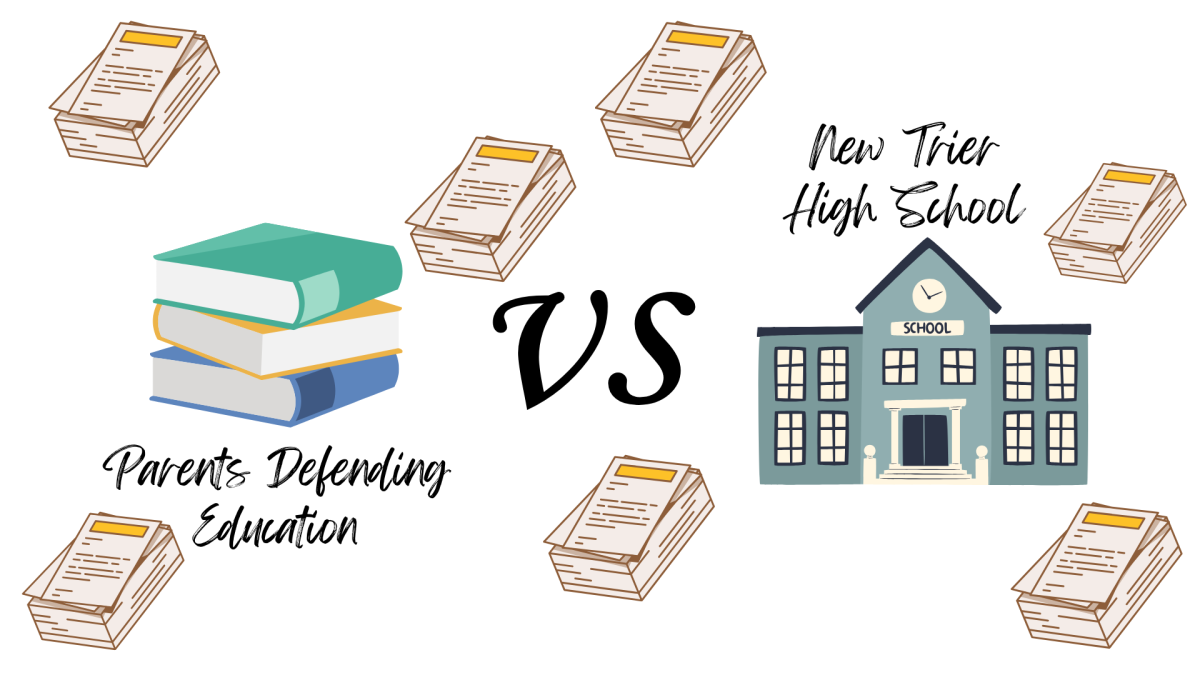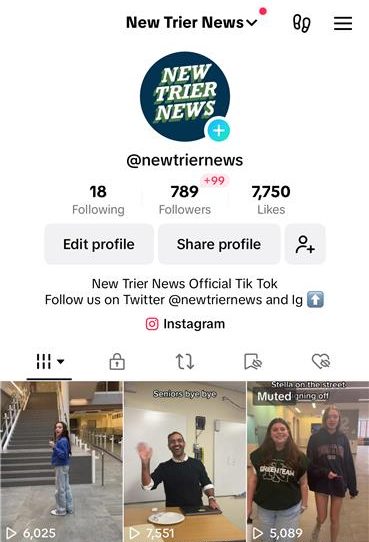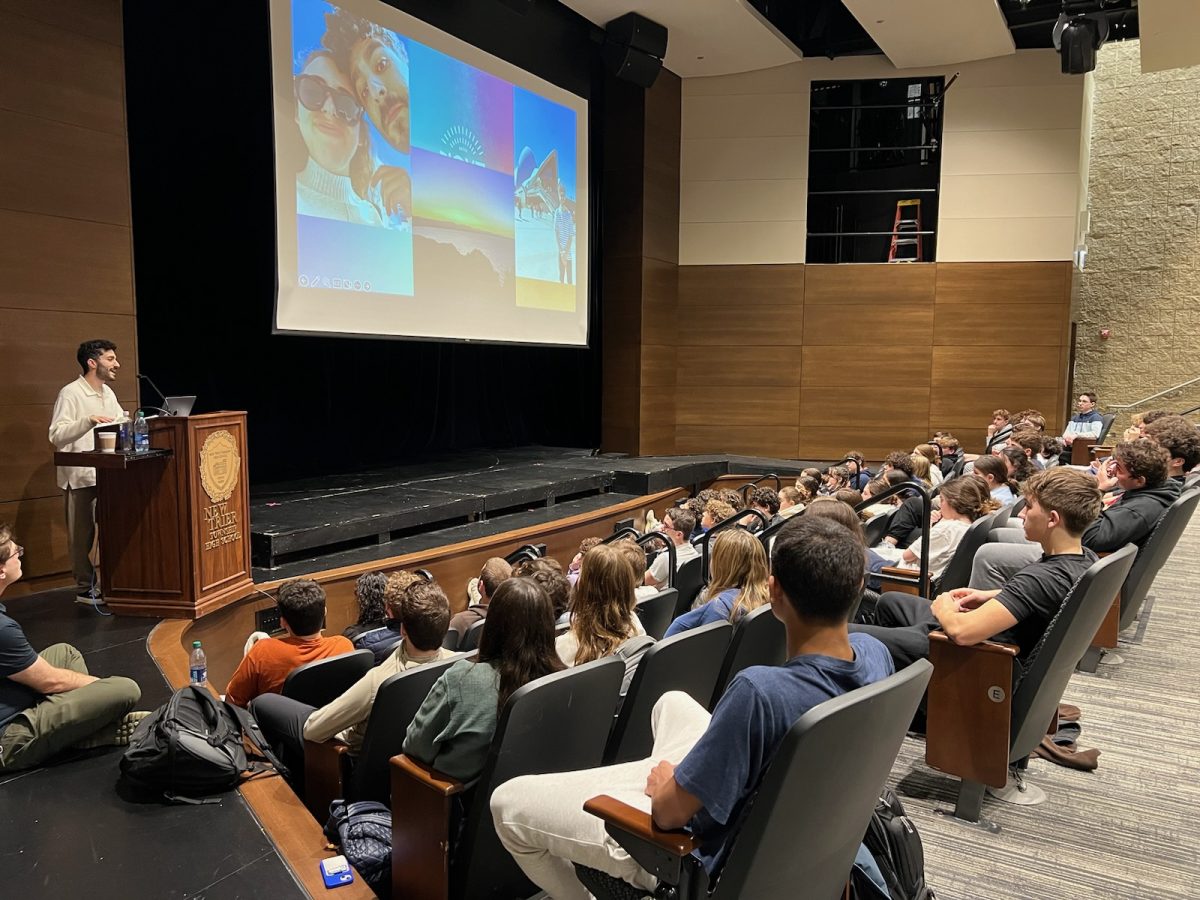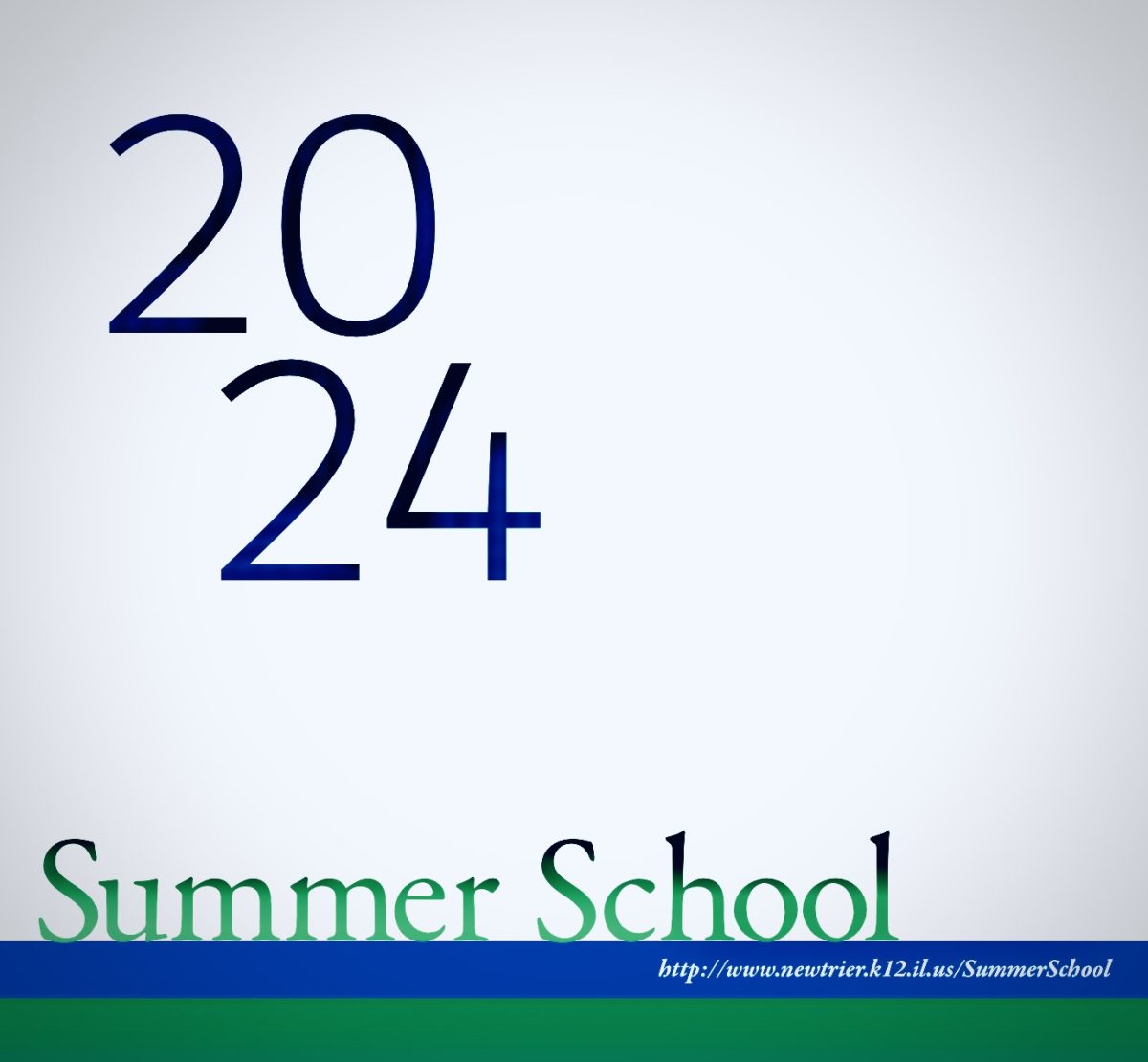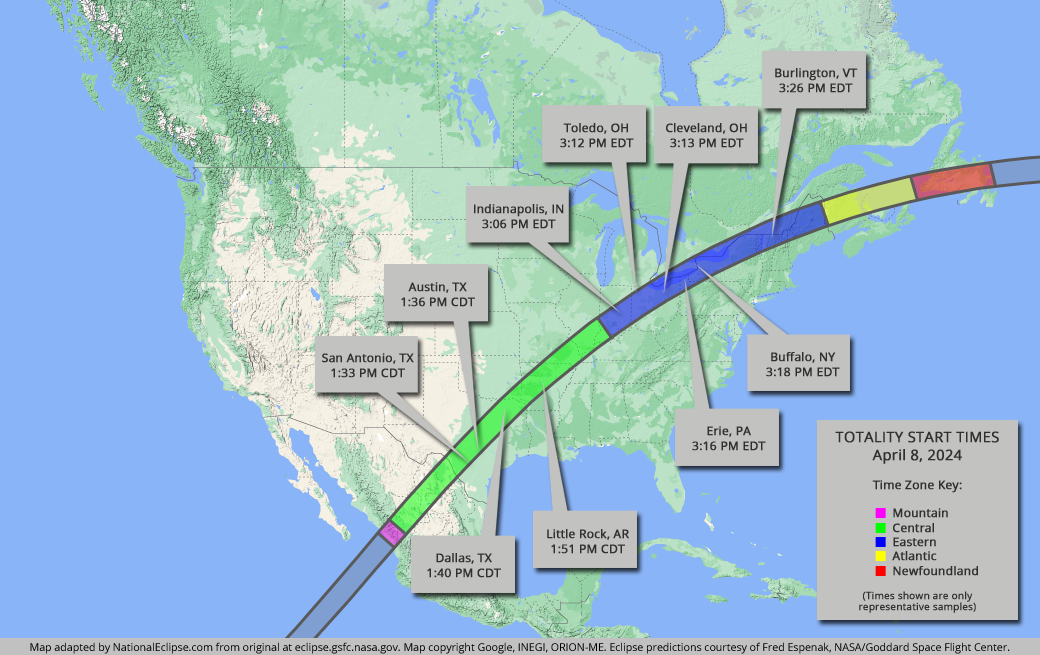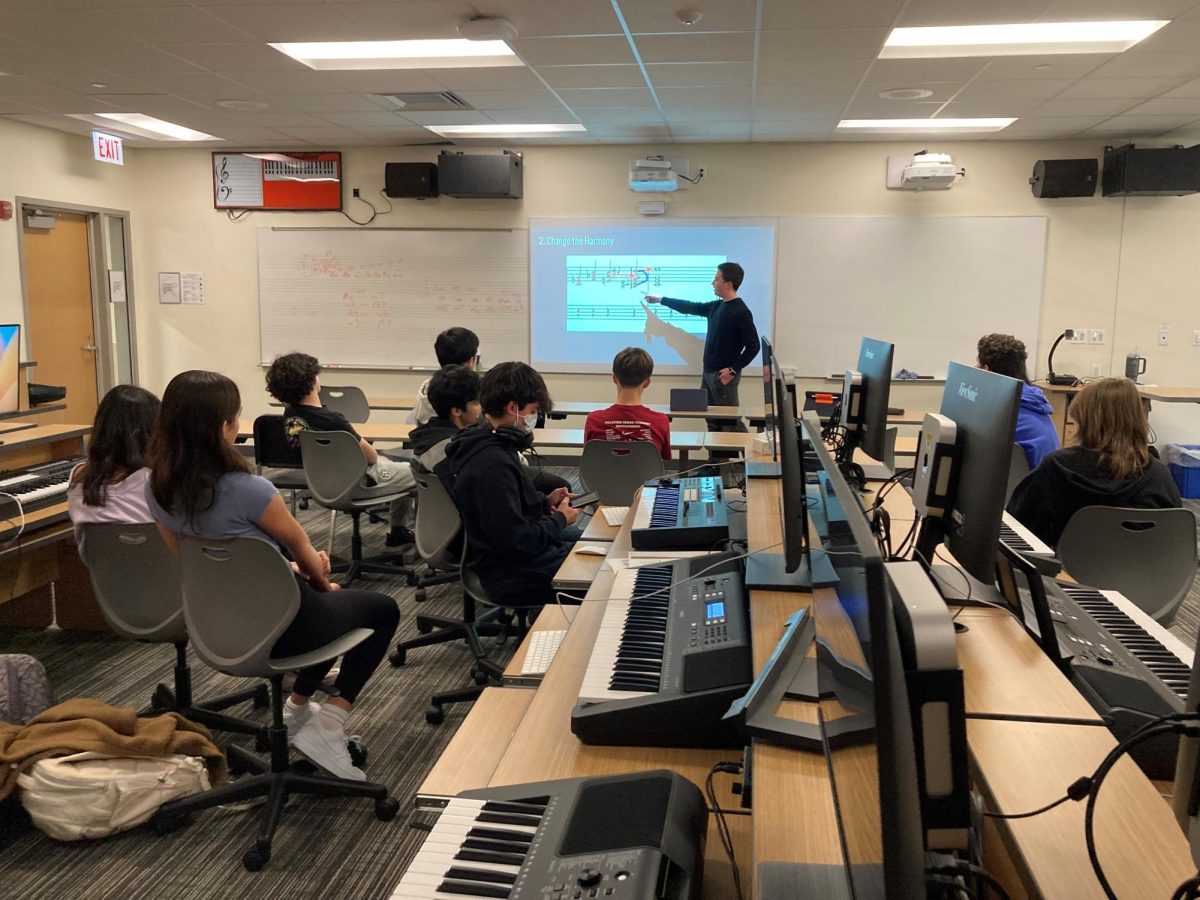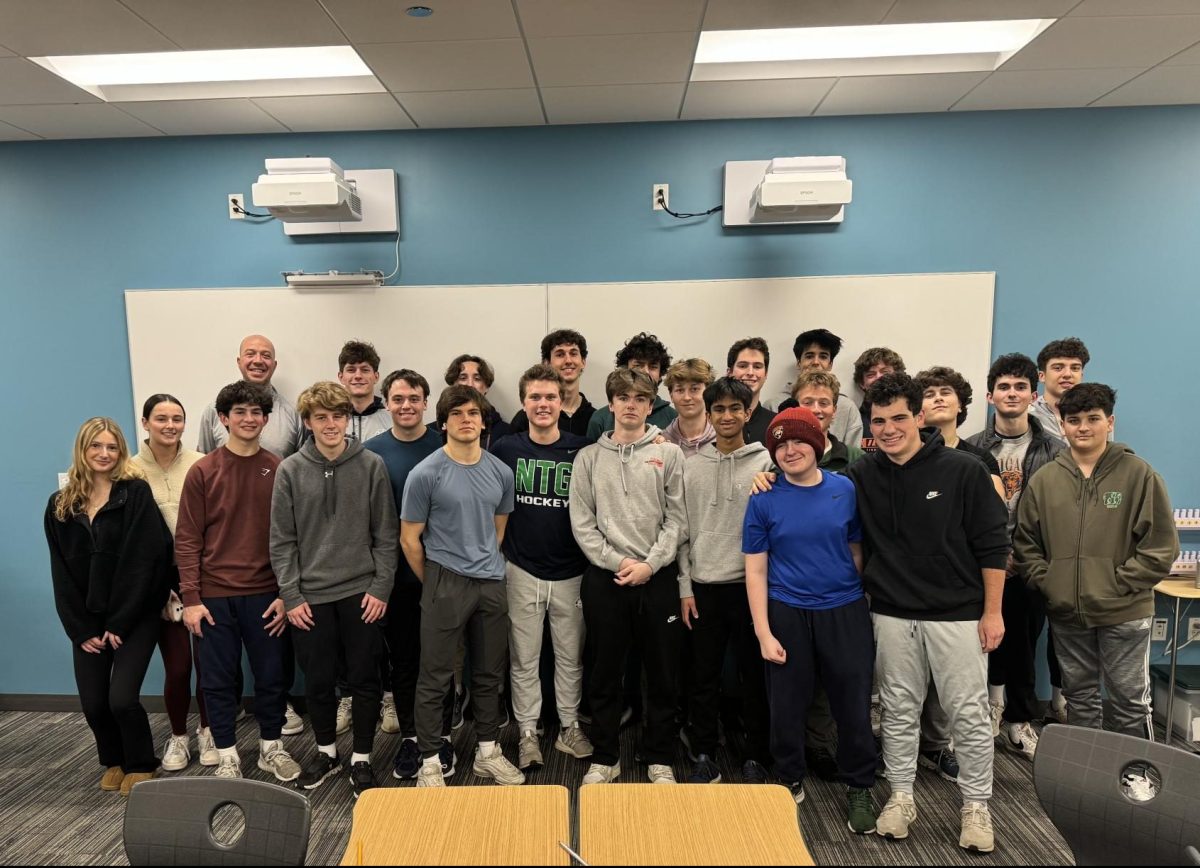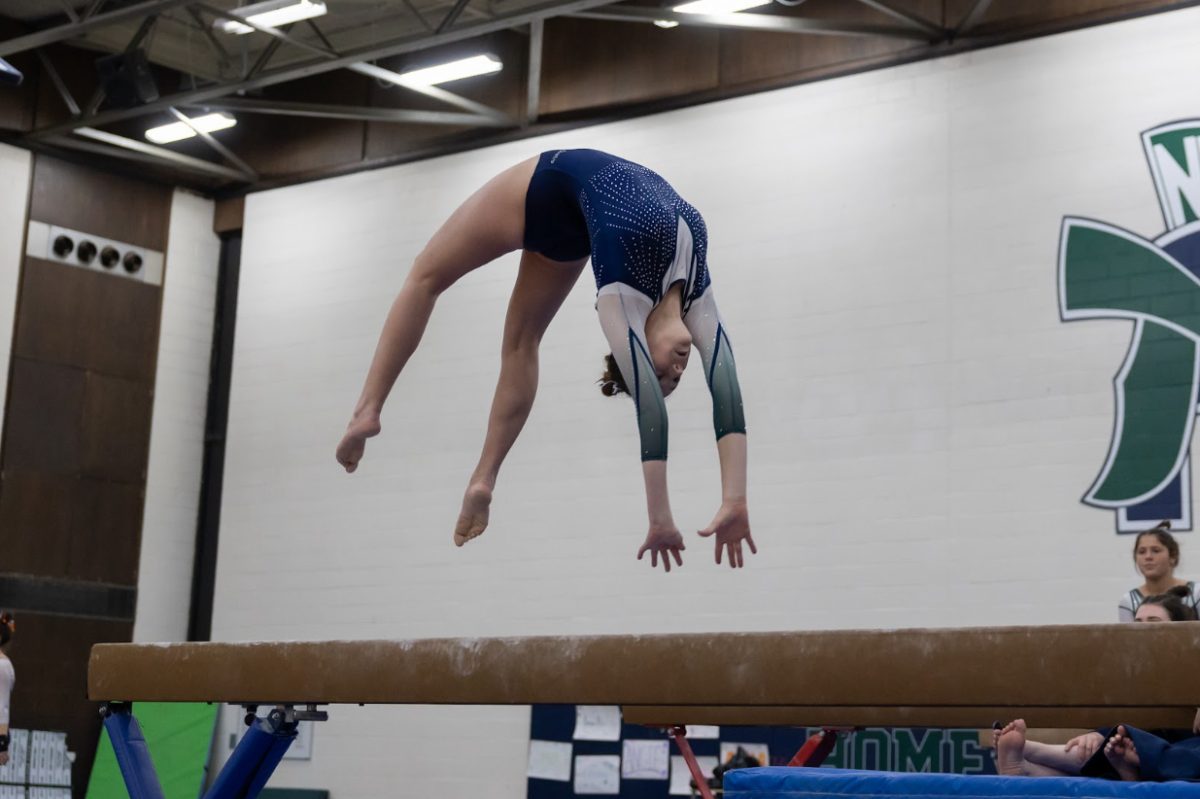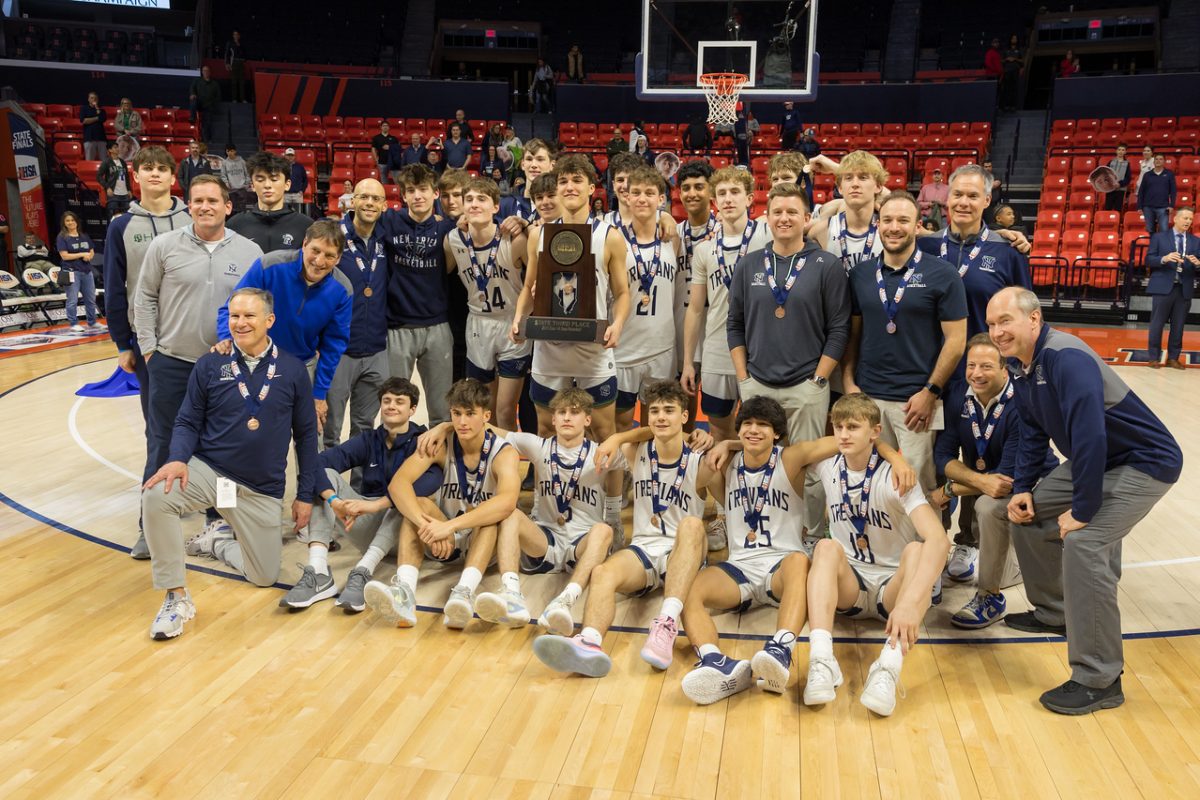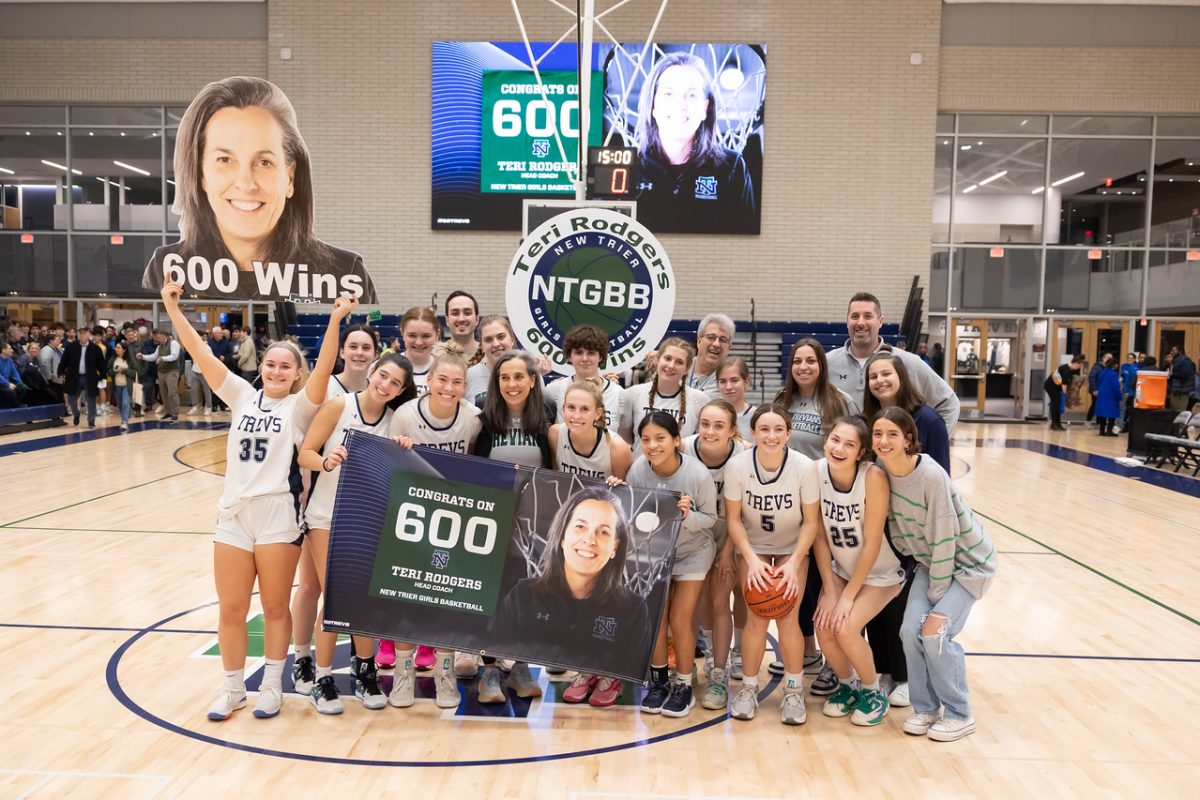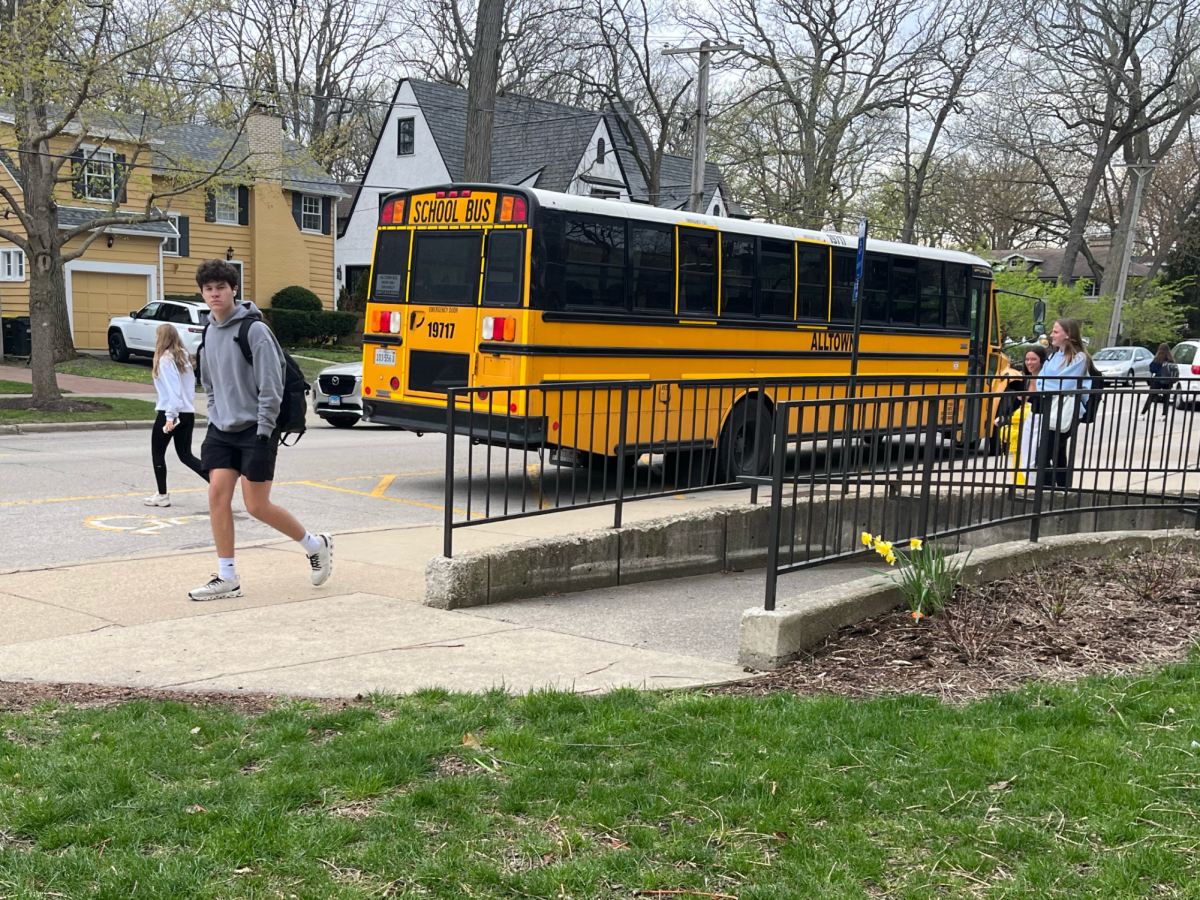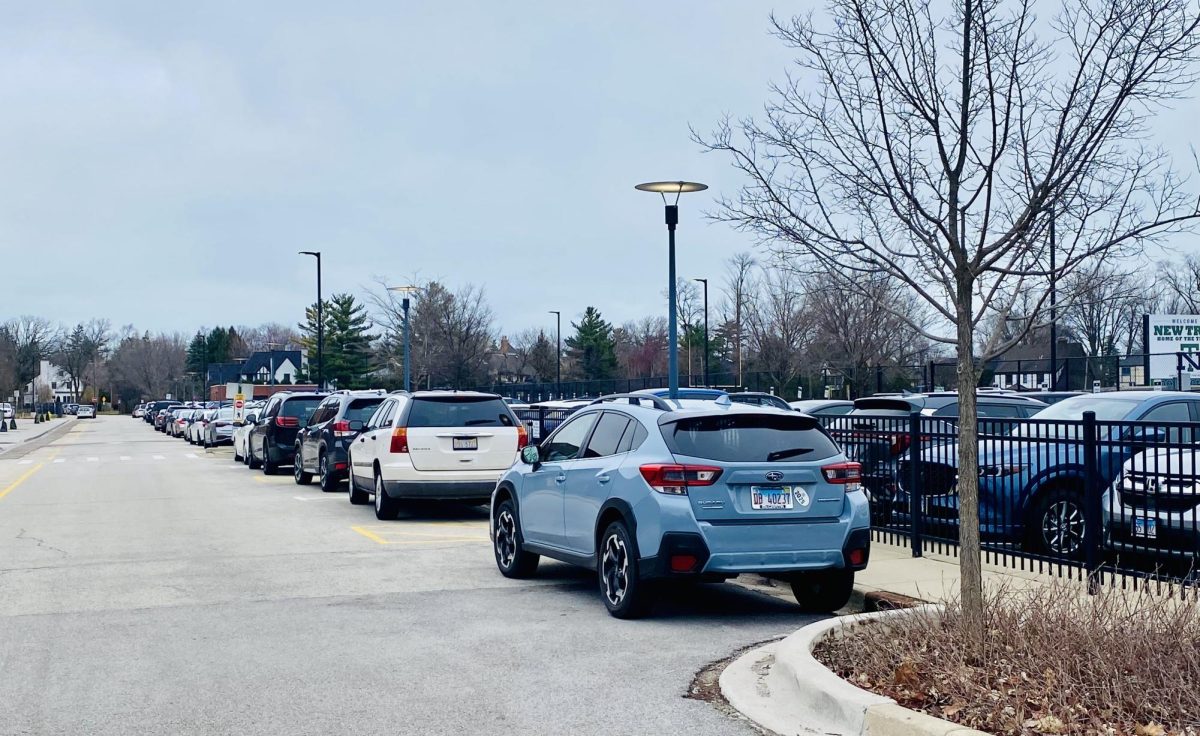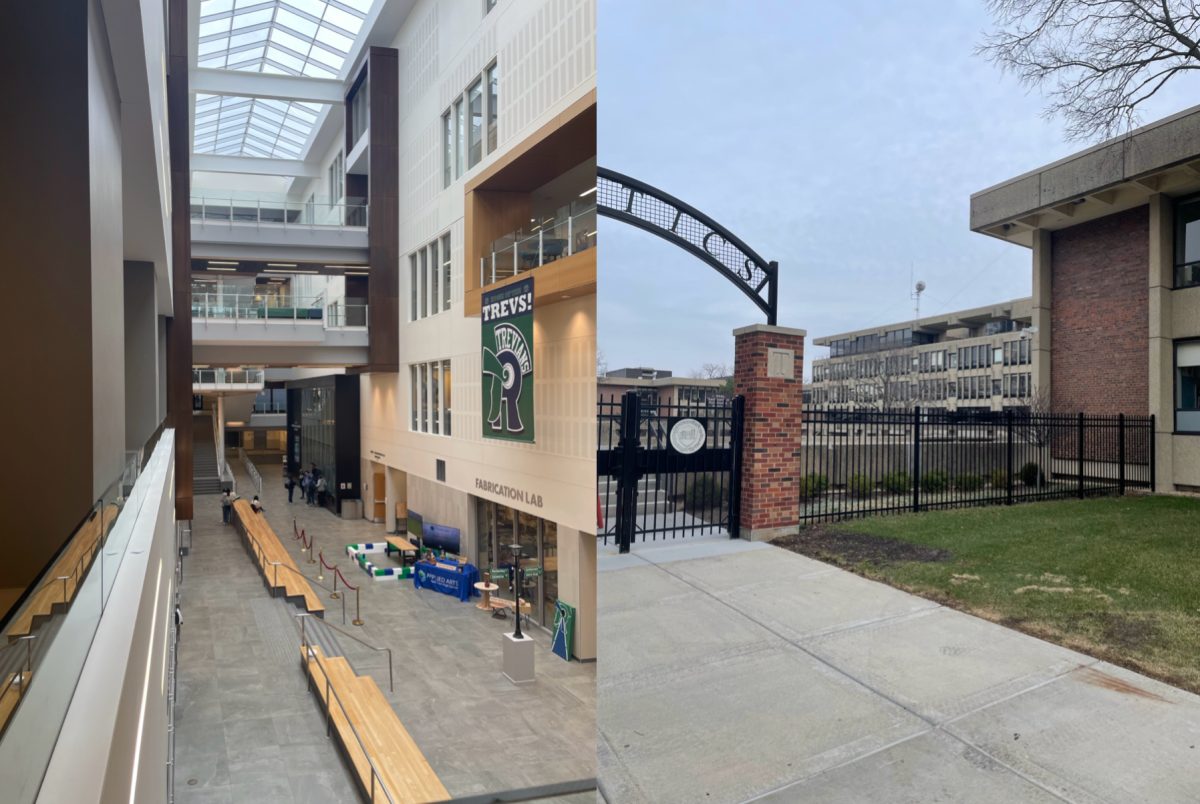iPads in every classroom. That’s what Christopher Johnson, the Director of Technology and Paul Sally, the Assistant Superintendent for Curriculum and Instruction, want to see in New Trier’s near future.
The Board of Education is currently reviewing a proposal by the administration to expand the iPad program, titled the Mobile Learning Initiative. “Ultimately, we would like to see every student have a device so students can use the benefits of the device to manage and organize their work as they see fit, and teachers can choose to use the device for teaching since all students will have one,” Sally said.
This year, there are 700 students in the program, but Sally hopes next year participants will more than double. “The Board of Education needs to approve the pilot size next year, but we are recommending an expansion to 60-80 teachers which would then include 1500-2500 students from their classes,” said Sally.
But iPads are not free, and the school won’t be picking up the whole tab. New Trier families will see a substantial increase in student fee bills as New Trier goes to full implementation of the program. This means that incoming Freshman will purchase or lease an iPad that they will have for the next four years. After graduation, they will keep the iPad.
According to a memo send on Feb. 14, from Johnson and Sally to the school board, about the Mobile Learning Initiative, “The cost of iPads for the entire freshman class would be $651,000, $620 per device (including apps, keyboard and case) for 1050 entering freshmen; the Board of Education needs to decide the amount the district will subsidize, the amount families will contribute, and the methods for families to pay their portion of the cost. It is common for districts moving to one-to-one programs to subsidize some or all of the cost of the device in the initial phases of adoption.”
The district will pay for the iPads initially, and over the course of a student’s four years at New Trier the cost will be paid back by each student and their family. In the memo sent to the administration, Johnson recommended the district subsidize the cost of each iPad to help New Trier families pay for the device.
Families will then have two options. They will be able to purchase an iPad in full, upfront from the school, with a larger subsidy from the district. They will also be able to lease the iPad from the school for four years, after which they will own the device. On the low end for an upfront purchase, a freshman would receive a recommended district subsidy of $220-$320, having to pay $300-$400 out-of-pocket. On the high end, a senior would pay $540-$565 out-of-pocket, receiving a $55-$80 subsidy.
If a family chooses to lease an iPad, a freshman will pay $130-$155 a year, while a junior would pay $285-$310 a year. A freshman leasing an iPad would receive a subsidy ranging from $0-$100, while a junior would be given a subsidy of $0-$50. Upon graduation from New Trier, a student who chose the lease option will then own their iPad. The lease option will not be available to seniors.
The subsidies will be paid for by capital expenditure funds that are usually used for computer replacements, meaning there will not be a need for an increase in the technology budget.
A family that chooses the upfront purchase option will immediately receive ownership of the device. The memo states, “We believe this upfront purchase ownership will lead to increased personal responsibility for the device and will simplify program administration.”
However, the school will offer an insurance program, either through a self-insurance program or a third-party contractor, in case a student loses or breaks their iPad. A student who does break or lose an iPad will not be given a subsidy for its replacement.
Johnson and Sally also look to the potential savings for families through an iPad purchase. “In light of this cost discussion, there are potential changes that would have a positive financial impact on families. First, the average textbook savings for each participating student this year was $40, and that amount will likely increase next year. Second, we are researching a new program offered by Follett, which would allow students to pay a fixed fee for all digital and print course materials, such as paper textbooks, eBooks, novels, and other online content. Other schools that have moved to this program have seen a significant decrease in textbook costs for families.
Finally, Texas Instruments has released an iPad app for the TI Nspire, the calculator New Trier students are required to purchase. Currently, the Nspire is sold for $175 at the school bookstore; the iPad app is $29.99. All of these opportunities have the potential to lead to significant savings for families, and we will research with our staff the feasibility and implications of implementing these cost savings ideas,” the memo said.
The memo also stated that for the 2013-2014 school year, the technology department was expecting to purchase 1800 iPads, which would initially cost the school $1,116,000. Should the district choose the high-end subsidy, the school would be paying $576,000, exceeding the typical amount of money distributed for computer replacement. However, they would incorporate the extra amount into the overall technology budget because of its importance to the technology department’s development over the next several years.
By the 2015-2016 school year, the program would only be supplying iPads to incoming freshman, meaning a significant reduction in costs. The school would need to purchase 1050 iPads, at a cost of $651,000 initially for the school. On the high-end of the subsidies, the school will end up paying $336,000, which would stay within the current technology budget, as long as computer replacement was reduced.
The budget for the technology department, including salaries and benefits, is $4.6 million for the fiscal year of 2013, while over the past four years it has averaged $4.85 million.
Johnson looks past the initial costs of the program to appreciate its future potential. “One of the most important aspects of the program is the choice devices give both teachers and students in supporting their school work. It allows teachers to quickly use the technology to support teaching a lesson in a different way,” he said. “Having students use the devices for research or to identify their own ways to complete assignments and solve problems has been one of the most exciting outcomes from the program.”

